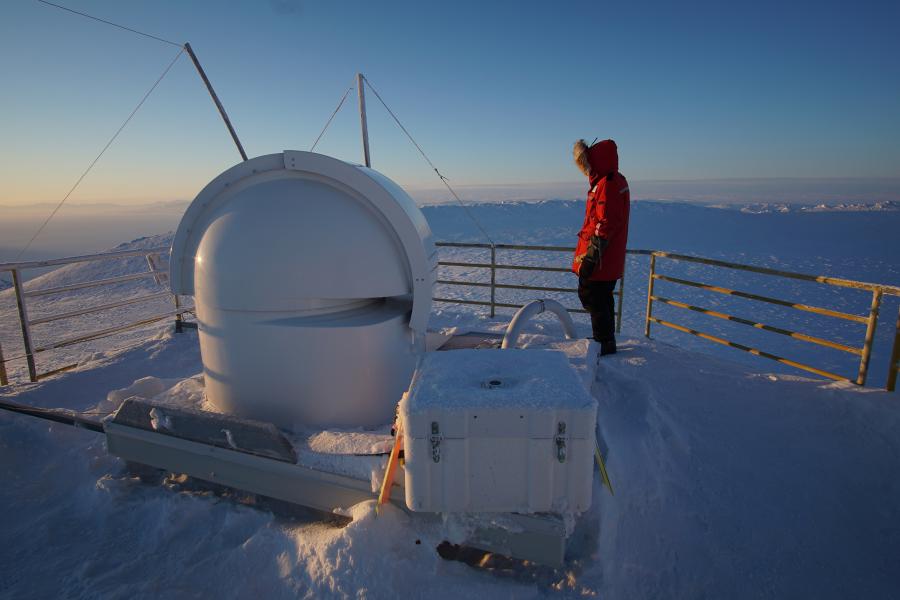About "The Polar Blog"
A regular blog on polar issues and research presented by Canadian Geographic and Polar Knowledge Canada, a Government of Canada agency with a mandate to advance Canada’s knowledge of the Arctic

An NSTP grant helped Ann Balasubramaniam go to northern Yukon in 2008, when she was a doctoral student, to collaborate on freshwater ecosystem research with the Vuntut Gwitchin First Nation. Balasubramaniam, shown taking water samples on Mary Netro Lake with Devon Kyikavichik, now works for Polar Knowledge Canada in Cambridge Bay, Nunavut. (Photo: Ann Balasubramaniam)

Une subvention du PFSN a aidé Ann Balasubramaniam à se rendre dans le nord du Yukon en 2008, alors qu’elle était étudiante au doctorat, pour mener des recherches sur les écosystèmes d’eau douce en collaboration avec la Première Nation Vuntut Gwitchin. Balasubramaniam, qu’on voit ici prélever des échantillons d’eau du lac Mary Netro avec Devon Kyikavichik, travaille aujourd’hui pour Savoir polaire Canada à Cambridge Bay, au Nunavut. (Photo : Ann Balasubramaniam)

Une illustration de mammifères de l’époque du Pléistocène dans le paysage de la toundra du Yukon. Des milliers de fossiles de cette région sont découverts chaque année, dont de nombreux par des mineurs et des membres de la Première Nation des Gwitchin Vuntut autour de Old Crow. (Illustration gracieusement fournie par le gouvernement du Yukon)

An illustration of Pleistocene-era mammals on Yukon’s tundra landscape. Thousands of fossils from this era are discovered each year, many by gold miners and members of the Vuntut Gwitchin First Nation around Old Crow. (Illustration: “Beringia Winter Scene,” courtesy Government of Yukon/artist George “Rinaldo” Teichmann)























